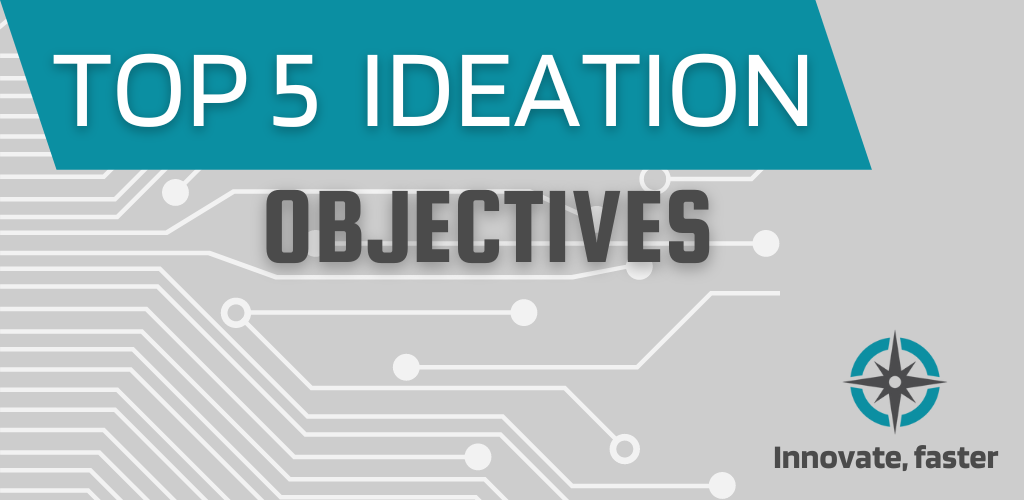[vc_row][vc_column][vc_column_text] Revolutionize the Future of Personalized Healthcare with Collaborative Medical Diagnostic & Treatment Technologies [/vc_column_text][vc_empty_space height="22px"][vc_column_text]Bioconvergence is the merging and progress of the collaborative knowledge, research, and innovation in the fields of biology and technology. There are limitless solutions for improved healthcare outcomes through the confluence of the latest research and skills from life scientists, molecular engineers, robotics, medical professional pioneers, and information technology experts. Bioconvergence is the future of global healthcare, so understanding some of the important discoveries and key research disciplines will better prepare future-looking companies in the Medical Devices, Pharmaceutical, Biotech, and Healthcare industries for substantial innovative change. Managing the workflow and relationships in this network of solvers requires a dynamic Innovation Resource Management platform. Let’s explore some of these technologies and partnerships.[/vc_column_text][vc_empty_space][/vc_column][/vc_row][vc_row][vc_column][vc_column_text] Bioprinting, Tissue Engineering & Regenerative Medicine [/vc_column_text][vc_empty_space height="22px"][vc_column_text]Biomedical engineering continues to disrupt health care and positively impact patient outcomes. 3D bioprinting and regenerative engineering are growing industries...
Read More












